Health and Wellness Trends
The Dry Milling Market is significantly influenced by the growing health and wellness trends among consumers. There is an increasing preference for whole grain and gluten-free products, which has led to a rise in the demand for specific dry milled ingredients. Market data suggests that the gluten-free product segment is expected to grow at a rate of 9% annually. This shift in consumer behavior compels manufacturers to adapt their product offerings, thereby creating opportunities for innovation within the Dry Milling Market. Companies that align their products with these health trends may gain a competitive edge.
Innovations in Milling Technology
Technological advancements play a crucial role in shaping the Dry Milling Market. Innovations such as high-efficiency milling equipment and automated processes are enhancing productivity and reducing operational costs. For instance, the introduction of advanced milling machines that utilize artificial intelligence for quality control is becoming increasingly prevalent. These innovations not only improve the quality of milled products but also increase throughput, allowing companies to cater to a broader customer base. As a result, the Dry Milling Market is likely to witness a surge in investment in technology, further driving growth.
Rising Demand for Processed Food Products
The Dry Milling Market experiences a notable increase in demand for processed food products. As consumer preferences shift towards convenience and ready-to-eat meals, the need for dry milled ingredients, such as flour and cornmeal, rises. This trend is supported by data indicating that the processed food sector is projected to grow at a compound annual growth rate of approximately 4.5% over the next five years. Consequently, manufacturers in the Dry Milling Market are likely to expand their production capacities to meet this growing demand, thereby enhancing their market presence and competitiveness.
Sustainability and Eco-Friendly Practices
Sustainability initiatives are becoming increasingly important within the Dry Milling Market. Consumers are more inclined to support brands that prioritize eco-friendly practices, such as sourcing raw materials from sustainable farms and reducing waste during production. This trend is reflected in the growing market for organic and sustainably produced dry milled products. Companies that adopt sustainable practices not only enhance their brand image but also potentially tap into a lucrative market segment. As environmental concerns continue to rise, the Dry Milling Market is likely to see a shift towards more sustainable production methods.
Expanding Applications in Various Industries
The Dry Milling Market is witnessing an expansion in applications across various sectors, including food, pharmaceuticals, and biofuels. The versatility of dry milled products, such as corn and wheat flour, allows for their use in a wide range of applications, from baking to bioplastics. Market analysis indicates that the demand for dry milled ingredients in the pharmaceutical sector is expected to grow due to the increasing use of excipients in drug formulations. This diversification of applications presents new opportunities for growth within the Dry Milling Market, as companies seek to innovate and cater to emerging markets.


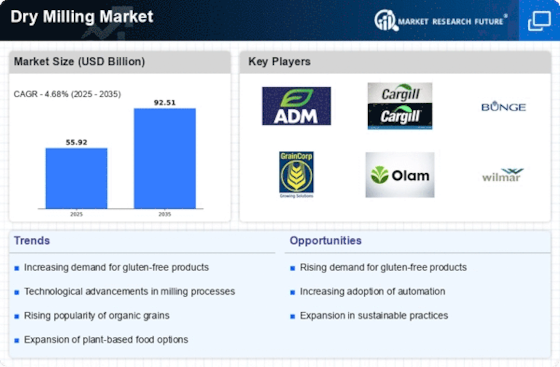
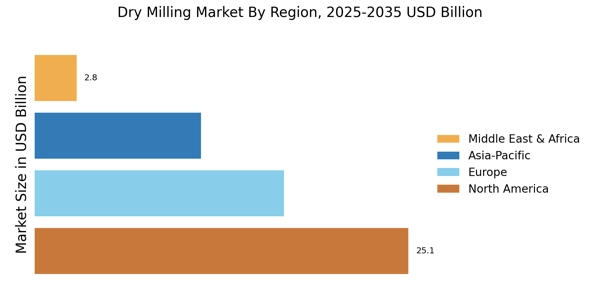
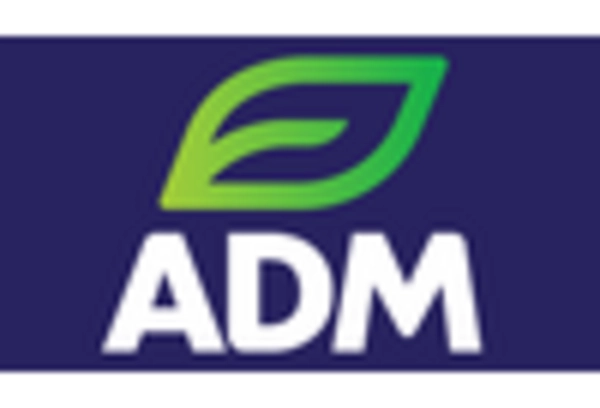
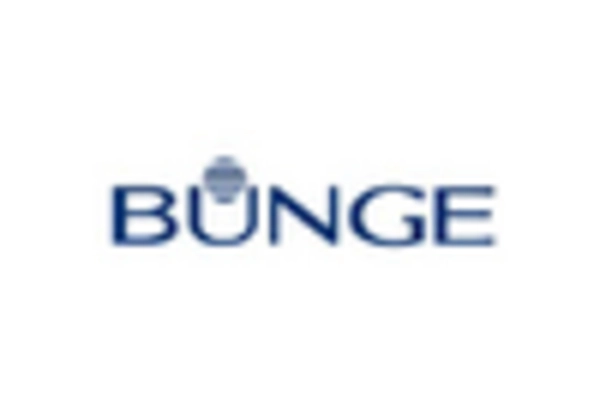

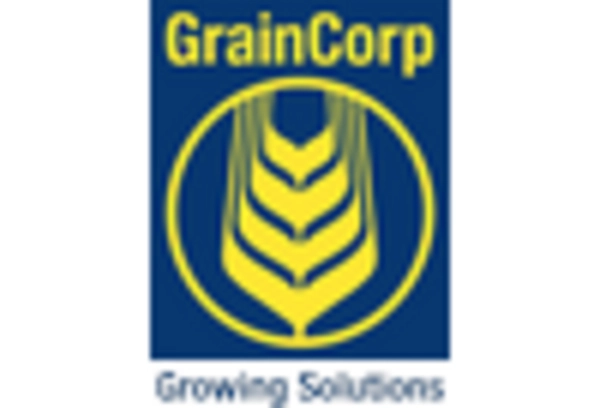
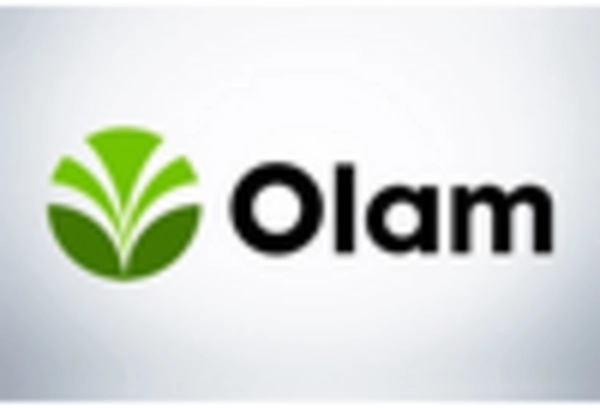









Leave a Comment